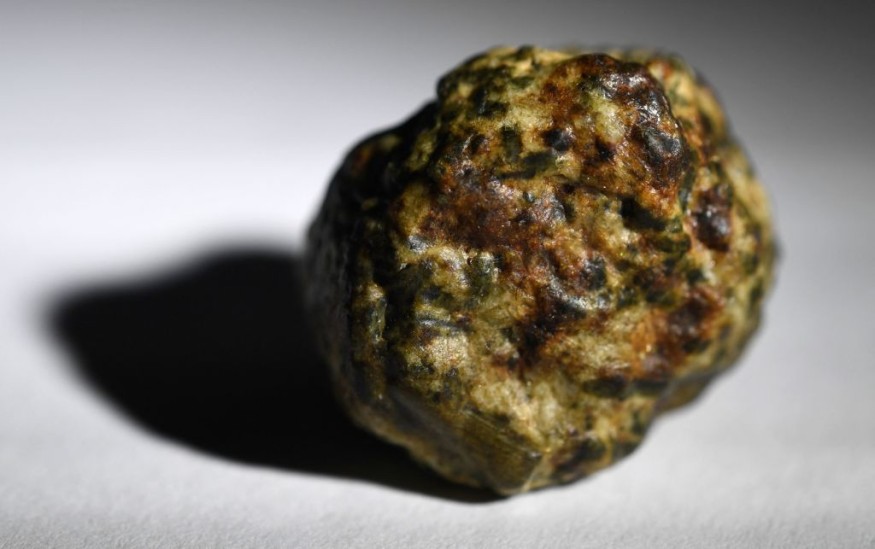A meteor called the Erg Chech 002 could be the most unique space rock ever to be discovered by the astronomical community. The said meteor has an age that surpasses the age of our planet, and many of the compositions found in its physical features are so puzzling that they could be brought into separate research for additional clarifications.
Aside from the amazing features that the Erg Chech 002 possess, the origin of the meteor itself is theorized to come from a younger planet that, previously belonged in the solar system.
Erg Chech 002: A Unique Meteorite

There are many meteorites that were already encountered by astronomical experts throughout the history of cosmic studies. Most of these meteor bodies either disintegrate near-Earth or just simply lands on the planet's surface with their full figure intact.
In the new study, experts from France's University of Western Brittany have discovered one particular meteor that stands above the rest. Led by geochemistry expert Jean-Alix Barrat, the team was able to extract secrets from Erg Chech 002, a space rock that was so ancient, it actually predates the old age of Earth. The meteorite rock was believed to be part of a bigger cosmic body, which is highly suspected as a long-gone protoplanet.
Protoplanets are bodies that were not able to terraform and have died even before they reached their early planetary stages and developed into a more mature orb.
Experts believe that Erg Chech 002, also known as EC 002, has its own wonders that could produce a number of keys to the unexplored studies of the younger solar system.
EC 002 was found in the region of Adrar in Algeria. The discovery of the meteorite was processed last May in a remote area of the Sahara Desert called the Erg Chech. The discovery, however, did not contain the extraction of the whole meteorite, but just one of the chunks that flew upon the hit of the 32-kilogram rock.
ALSO READ : NASA James Webb Telescope Finally Sets off to Space After Its Christmas Day Launch [LOOK]
Rare Existence of EC 002 Meteorite, Explained
According to the data presented by the Lunar and Planetary Institute, the EC 002 meteorite is shaded with tan and beige palettes, all with coarse-grained textures. In addition, the rock has green and yellow-green crystals scattered all over its surface, combined with a few intervals of yellow-brown variants.
EC 002 was classified by experts as achondrite, a rare meteor group that is significantly distinct from common rocks that are tagged as chondritic. Chondrites are space rocks that were formed straight from cosmic dust and mineral objects.
On the other hand, anchondrites are stony rocks that already served as parts of a greater planetary body. Contrary to the pre-planetary chondrites, the achondrites are uncommon, as few young planets were only observed to blow off from their own cores. From the total meteorites recorded by the Meteoritical Bulletin Database, only 3,719 are classified as achondrites.
Out of the collective meteorites, 95 percent originated from a pair of sources, while 75 percent are theorized to have departed from a large asteroid hovering in space, known as 4 Vesta. Although the EC 002 is theorized to have come from a planetary body, it does not originate from the orb's basaltic crust as other achondrites do.
Instead, the meteor in question is composed of andesite. Based on the magnesium and aluminum isotopes readings from Erg Chech 002, the minerals began to crystalize at about 4.566 billion years ago, an age that exceeds the 4.54 billion-year age of our planet.
According to a report by Big Think, the authors of the study said that there are no asteroids that share the same composition and physical characteristics of the EC 002. This is because of the early absence of the meteor's similar chunks due to imminent destruction or engagement to new and larger bodies or planets. The study was published in the journal PNAS, titled "A 4,565-My-old andesite from an extinct chondritic protoplanet."
RELATED ARTICLE : What's Next After NASA James Webb Telescope Launch? 5 Exciting Space Missions Unveiled
Check out more news and information on Space in Science Times.










